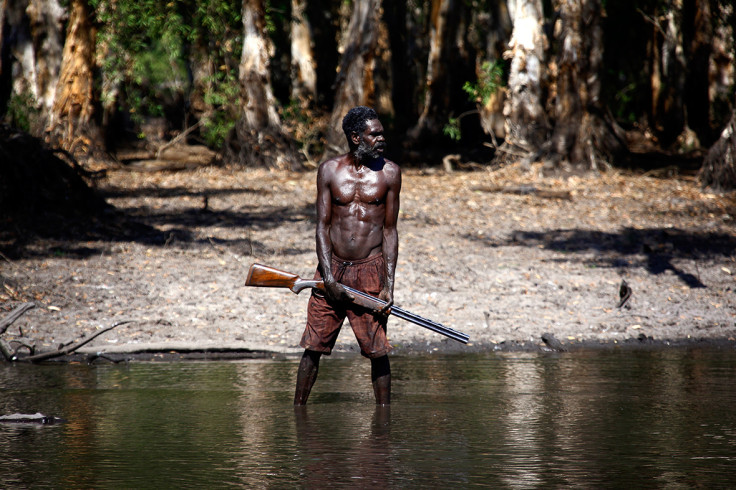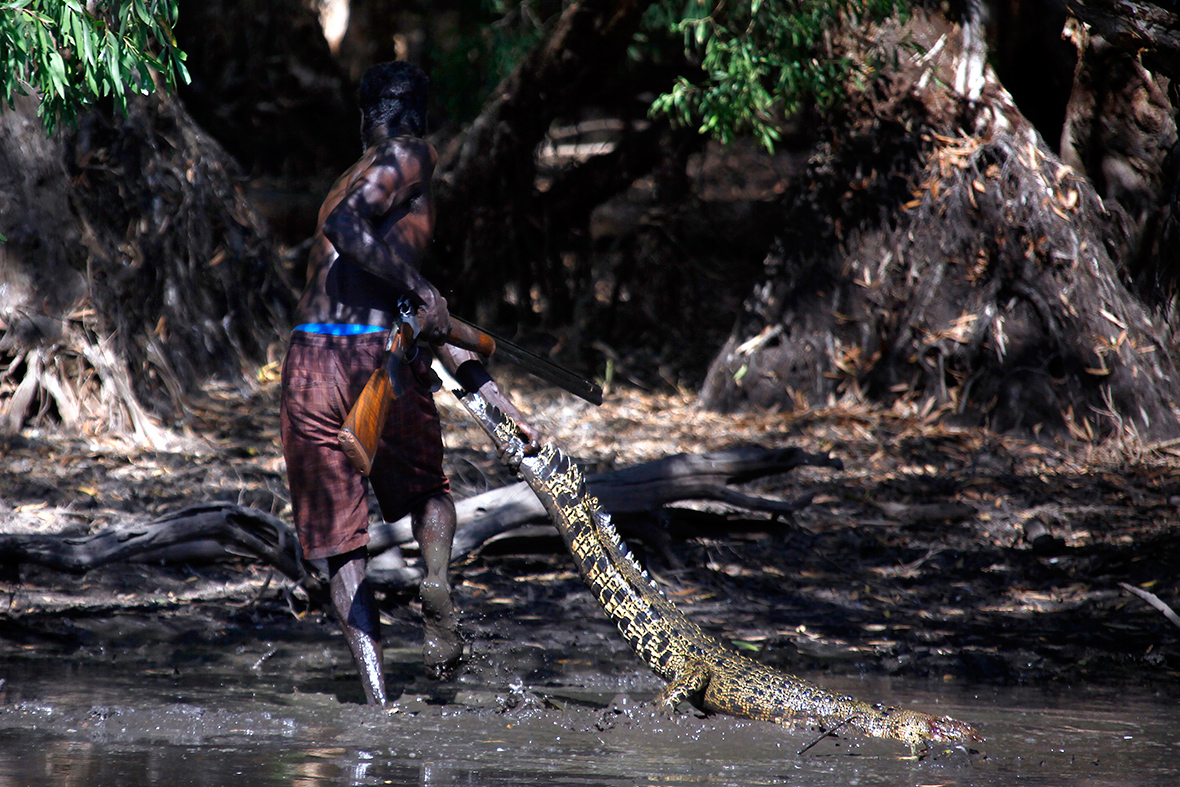Aboriginal crocodile hunters of Arnhem Land in Australia's Northern Territory [Photo report]
Reuters photojournalist David Gray was invited to document the lives of Aboriginal crocodile hunters.
He writes: For more than 10 years I have dreamed of photographing the daily lives of Aboriginal Australians in the northern-most tip of the Northern Territory, Australia's rugged "Top End".

At Yathalamarra, a community consisting of around a dozen houses, we pick up some relatives for the hunt and head on foot to an isolated billabong.
Marcus and Roy, a father and son team, take off running past a herd of water buffalo and by the time I catch up Roy is standing ankle-deep in murky water, his shotgun pointed at the surface.
With the sun blazing and temperatures reaching 40 degrees Celsius, or 104 Fahrenheit, I am getting pessimistic, when suddenly Roy fires his shotgun. At his feet lies a dead crocodile.
Roy pulls the beast from the water, while Marcus keeps lookout. Not far from the shoreline the water starts moving. Suddenly Marcus pounces and, from just beneath the surface, he pulls another crocodile, this one a bleating baby.




Any butcher would have been extremely impressed with the skill Roy showed at filleting this massive beast. The baby was carried out alive.
Roy wraps the intestines in leaves, as nothing that can be eaten is wasted, and he and his sons walk the few kilometres back to the car with crocodile meat and a goanna lizard slung over their shoulders.





I was honoured to have been told the Yolngu people's creation stories and shown their sacred sites.
Their Arnhem Land reserve – closer to Bali than Sydney – covers an area of around 97,000 square kilometres and has a population of around 16,000. Access for non-Aborigines is by invitation only.






Entering Arnhem Land as a "White Fella" means changing gears and seeing the world through a completely different set of eyes, a great challenge for a photographer.
Australia's Aborigines are the custodians of the longest unbroken cultural tradition on Earth, having migrated Down Under from Africa via Asia between 40,000 and 60,000 years ago.
The arrival of European settlers in the 18th century marked the beginning of a painful disenfranchisement. Massacres are still tearfully remembered and today the majority of Aborigines live in abject poverty.
© Copyright IBTimes 2025. All rights reserved.






















